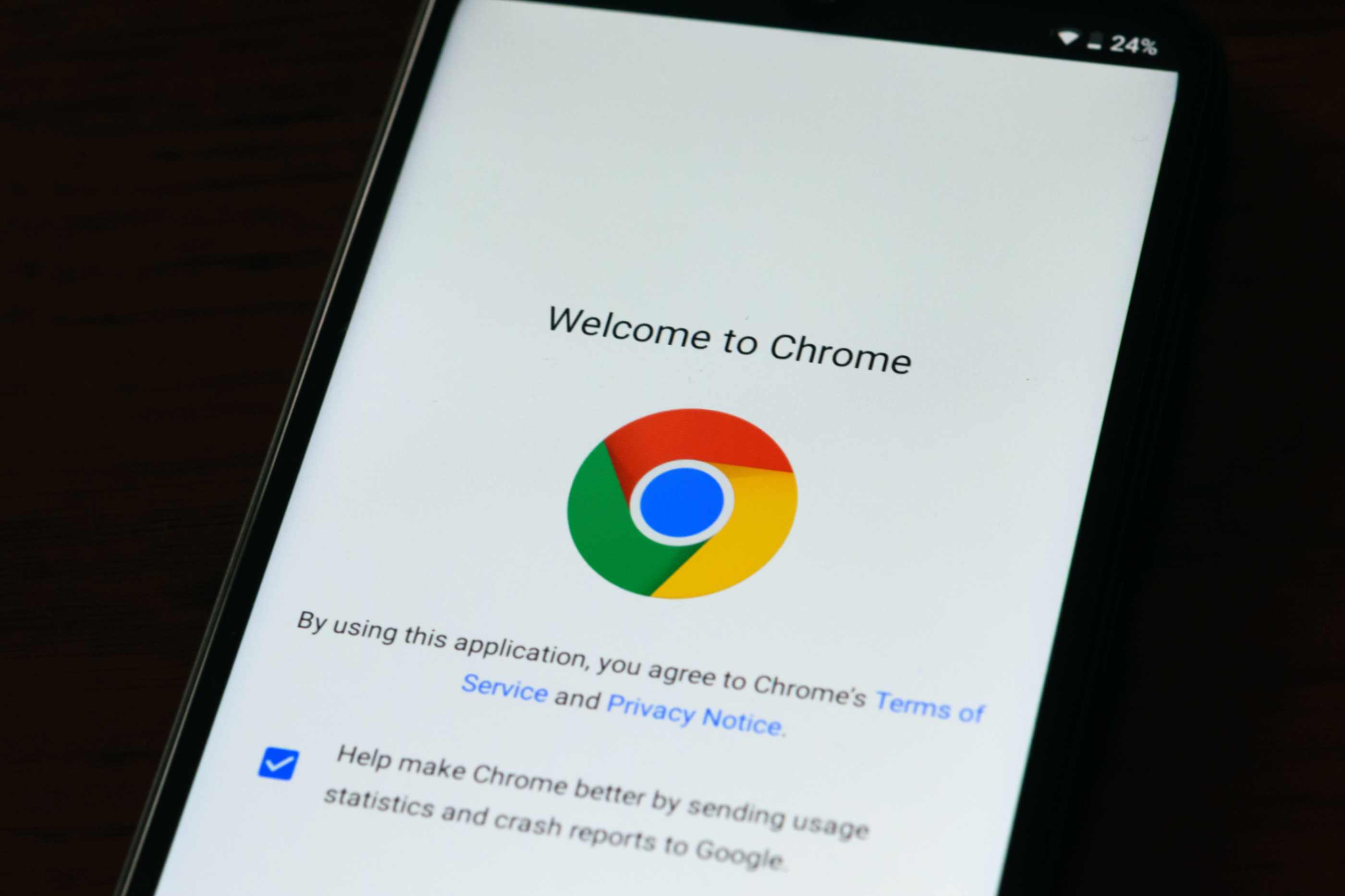How to Make QR Code for Image Free?
Jonathan Palley
Mar 14, 2024
One crucial factor in creating an image QR code is the platform and method you are going to use. There are many ways to create a QR code without worrying about fees. But if you are looking for convenience, then using free tools like QR Code Generator Hub is the perfect choice.
This free QR code generator tool supports image-to-QR conversion, allowing you to upload images and generate a used QR code. All you need to do is follow the tool's user guide instructions and customize the design of your image QR code.
5-Step Dynamic QR Code Creation Guide
Here's a short guide on how you an create unlimited dynamic QR codes:
Step 1: Open any browser on your mobile device or computer and navigate to QRCodeGeneratorHub.com. This widely-used QR code generator lets you create dynamic QR codes without any associated costs.
Step 2: Dynamic QR codes are versatile, serving various purposes based on your needs. To generate a dynamic QR code leading users to an image, choose the "image" option among the digital content types and upload your preferred image. Alternatively, select the "URL" option to input the link for the image you want to share.
Above the text box, you'll find options for different digital content types such as PDFs, vCards, and applications. Note that available fields may vary depending on the chosen digital content.
For instance, creating a vCard QR code prompts a form for entering contact information, while an application QR code allows you to attach a download link. A standout feature of dynamic QR codes from QR Code Generator Hub is their flexibility; you can adjust their functionality even after printing.
Step 3: QR Code Generator Hub provides unlimited and free customization options for your QR code's design. Utilize this dynamic QR code generator to adjust the logo, colors, style, border, and text to align with your brand and specific use case.
Step 4: If you're not registered, click the download button to save the dynamic QR code to your computer. If you've signed up, select the appropriate file format to ensure compatibility with your intended device.
Step 5: Incorporate your QR code into your marketing materials, whether in print or digital form. Place it prominently for easy visibility by your customers or audience.
Best Practices for Creating QR Codes for Images
QR codes are powerful tools that you can use for efficient information sharing. With its versatility and convenience, using this tool can help promote a seamless way to connect the physical and digital space.
To ensure the effectiveness of QR codes, here are some practices you should know:
- Choose an image that is relevant to the content you want to share. Make sure that it provides visual context.
- The image should be clear and high resolution for optimal scanning experience.
- Ensure that the QR code is placed in a prominent area to make it stand out.
- Consider balancing the QR code's contrast and size to enhance visibility.
- Keep the QR code design clean and simple to maintain its functionality.
- Include clear instructions to guide users on how to scan the QR code.
- Test the QR code with multiple devices and scanner apps to verify its efficiency.
These are some of the most important practices you must know when creating and implementing image QR codes. Always keep them in mind for a better scanning experience.
Example Use Cases for Image QR Codes
Once you have successfully created a QR code, it's now time to implement them. There are many ways to use image QR codes.
Here are some ways to do it:
1. Educational Materials
Integrating image QR codes into textbooks, worksheets, or instructional posters transforms traditional learning materials into interactive resources. Students with smartphones can easily scan these codes to access a wealth of supplemental images, interactive content or video tutorials. This dynamic approach not only enhances comprehension but also adds a layer of engagement to the learning experience.
2. Travel and Tourism
For travelers at heart, image QR codes also serve as your cost-effective digital companions, enhancing the new destination exploration and experience. Placing QR codes on tourist brochures, maps or signage allows visitors to scan and instantly view captivating photos of landmarks, attractions, or historical sites. This visual journey not only enriches the traveler's understanding of the region but also serves as a virtual preview, igniting anticipation for the adventure that lies ahead.
3. Restaurant Menus
Image QR codes on menus can also help to redefine the dining experience. By featuring QR codes on restaurant menus, patrons can scan to view enticing photographs of dishes, drink options, or chef recommendations. This visual menu not only aids in making informed decisions but also elevates the overall dining experience by allowing customers to anticipate and savor their choices visually.
4. Product Packaging
Products come to life with the integration of QR codes for images on their packaging. Consumers, intrigued by the packaging, can scan these codes to access detailed images, product demonstrations, or additional information. This immersive experience not only aids in consumer understanding but also establishes a direct and interactive connection between the product and its user.
5. Marketing Collaterals
Whether on business cards, promotional posters, or marketing brochures, image QR codes serve as gateways to richer content. Scanning the code provides users with instant access to visual narratives, promotional videos, or product demonstrations. This not only captivates the audience but also extends the reach and impact of traditional marketing materials.
6. Art and Exhibitions
You can also consider placing image QR codes alongside artworks or exhibits, these codes offer art enthusiasts a digital journey. Scanning the code unveils high-resolution images, artist interviews, or virtual tours, transforming the physical space into an immersive art experience.
By exploring these diverse applications, you unlock the potential of image QR codes as dynamic tools that not only convey information but also enrich and elevate the user experience regardless of the industry.
To learn more about dynamic QR codes and their other use cases, you can visit the free online resources found on our Academy.



